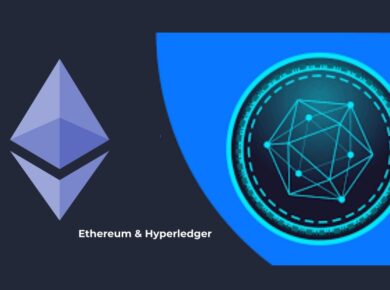Navigating the risks and maximizing the rewards requires a comprehensive understanding of the ecosystem. This guide aims to shed light on the intricacies of Uniswap liquidity provision, exploring the associated risks and techniques to optimize rewards. As Uniswap has its unique risks and rewards, exploring other forms of automated crypto trading strategies can provide a wider perspective on the digital assets market.
Understanding Uniswap and Liquidity Provision
Uniswap is a decentralized exchange protocol built on the Ethereum blockchain that allows users to trade ERC-20 tokens directly from their wallets. Liquidity provision, also known as liquidity mining or liquidity farming, refers to the act of supplying tokens to a liquidity pool on Uniswap.
Liquidity provision plays a crucial role in the Uniswap ecosystem as it ensures enough tokens are available for traders to buy and sell. By providing liquidity, users earn a share of the trading fees generated by the pool in proportion to their contribution. This incentivizes individuals to supply tokens and maintain liquidity in the market.
However, it is important to understand the risks associated with Uniswap liquidity provision. One significant risk is impermanent loss. This occurs when the price ratio between the two tokens in a liquidity pool changes significantly.
Market volatility is another risk that liquidity providers should consider. Rapid price fluctuations can impact the value of the tokens held in the pool and potentially result in lower returns. It is crucial to assess the market conditions and determine whether the potential rewards outweigh the risks before participating in liquidity provision.
Smart contract risks and security considerations are also important factors to take into account. While Uniswap has a robust security system, there is still a possibility of vulnerabilities or exploits in the protocol.
Risks Associated with Uniswap Liquidity Provision
When participating in Uniswap liquidity provision, it’s important to be aware of the risks involved. One significant risk is impermanent loss. This occurs when the price ratio between the two tokens in a liquidity pool changes significantly. Liquidity providers may experience a loss when withdrawing their tokens if the prices have diverged from their initial positions.
Market volatility poses another risk. Cryptocurrency markets are known for their volatility, and sudden price fluctuations can significantly impact the value of the tokens held in a liquidity pool. If the value of the tokens decreases substantially, liquidity providers may experience reduced returns when withdrawing their funds.
Smart contract risks and security considerations are also important factors to consider. While Uniswap is built on secure and audited smart contracts, there is always a possibility of vulnerabilities or exploits in the protocol. Malicious actors could attempt to manipulate or attack the system, potentially leading to financial losses for liquidity providers.
Regulatory and legal uncertainties are additional risks associated with Uniswap’s liquidity provision. The decentralized nature of DeFi platforms like Uniswap poses challenges for regulators, and the regulatory landscape is still evolving. There may be compliance risks and potential legal implications for liquidity providers, especially if there are changes in regulations or crackdowns on decentralized exchanges.
Improving Rewards in Uniswap Liquidity Provision
Improving rewards in Uniswap liquidity provision requires careful consideration and strategic decision-making. One key aspect to consider is analyzing the fee structures associated with liquidity pools. Different pools may have varying fee percentages, and understanding how these fees impact returns is essential.
Identifying high-demand liquidity pools is another strategy to optimize allocation and maximize rewards. Liquidity pools with high trading volumes and significant liquidity needs tend to generate more trading fees. By supplying tokens to pools that are in high demand, liquidity providers can increase their potential earnings.
Leveraging yield farming and other DeFi opportunities can also enhance rewards in Uniswap liquidity provision. Yield farming involves participating in various DeFi protocols that offer incentives in the form of additional tokens or yield for providing liquidity.
Exploring yield aggregators and automated strategies is another way to optimize rewards. Yield aggregators are platforms that aggregate liquidity from multiple protocols, allowing liquidity providers to access more opportunities and potentially higher returns.
It’s also important to stay informed about the latest developments and innovations in the DeFi space. The decentralized finance ecosystem is rapidly evolving, and new opportunities may arise that can enhance rewards in Uniswap liquidity provision.
Conclusion
By understanding the risks such as impermanent loss, market volatility, smart contract vulnerabilities, and regulatory uncertainties, liquidity providers can take appropriate measures to mitigate them. Maximizing rewards involves analyzing fee structures, identifying high-demand pools, leveraging yield farming, exploring yield aggregators, and staying informed about the latest developments.
Read Next:
NFT Pricing Strategies: How to Sell NFTs Like an Expert



